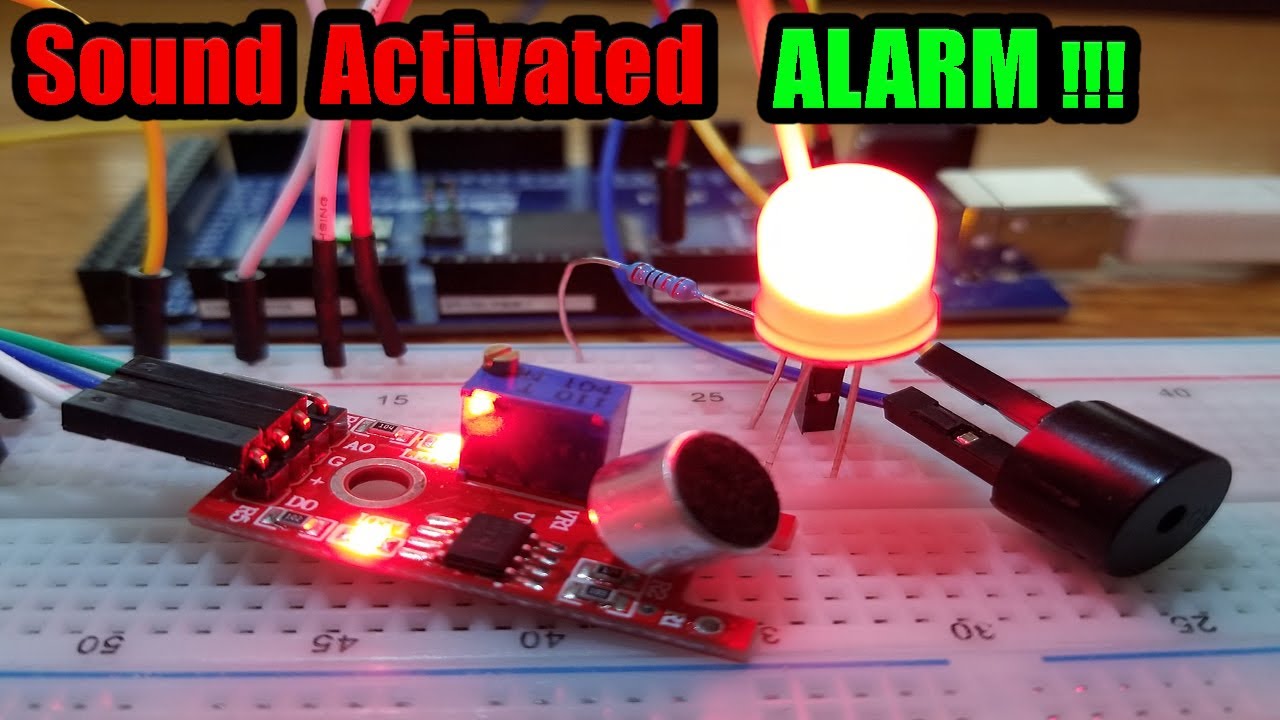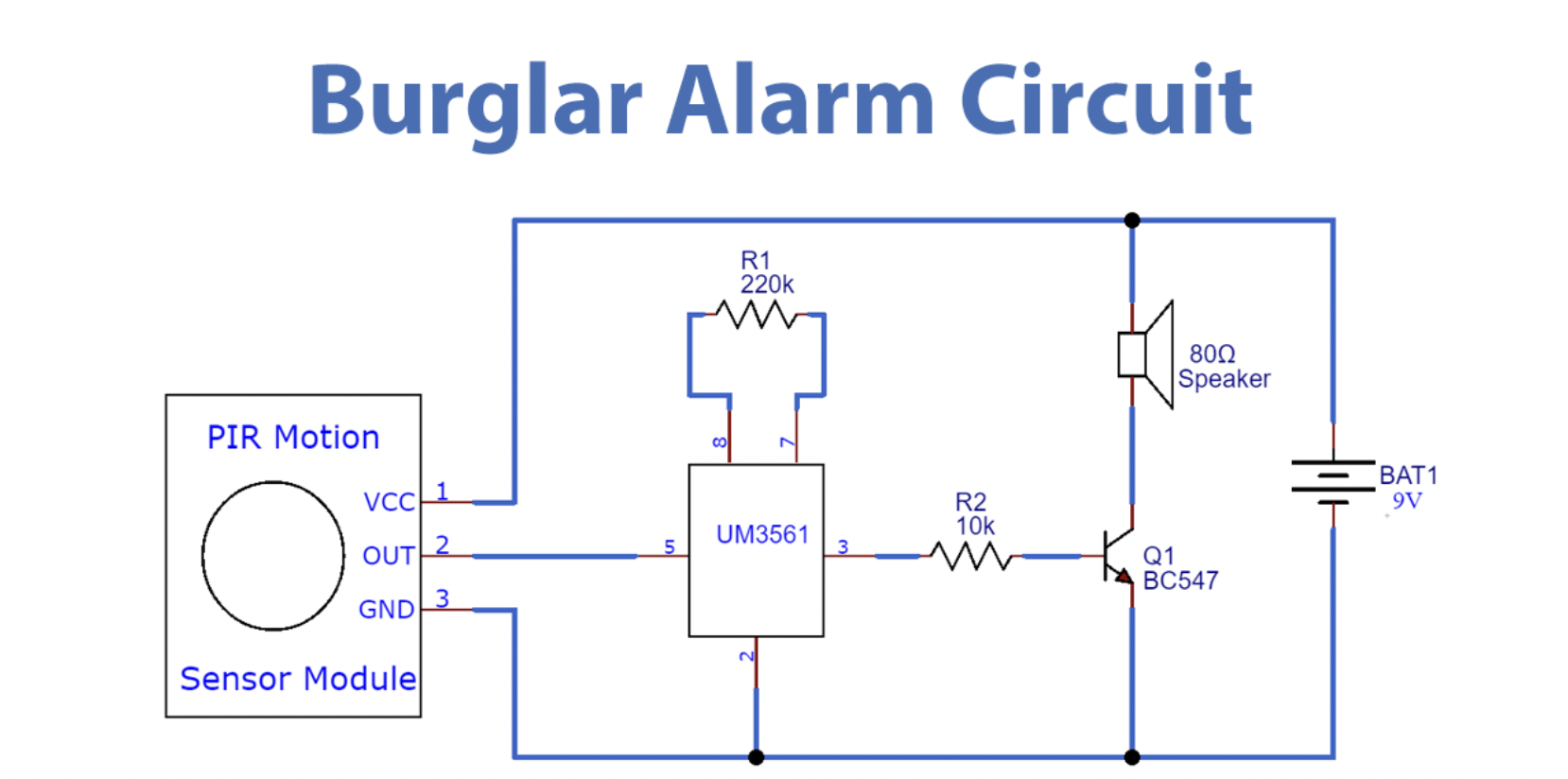Smart Burglar Alarm Project
A detailed overview of the Smart Burglar Alarm Project.
Project Overview
Using resources from the Cornell Maker Space, I designed a home-scalable smart burglar alarm that alerts the user in case of any unwanted intrusion. This project utilized a PIR Motion Sensor, a UM3561 pinout, some batteries, and resistors to create an effective security solution.

Project Overview
The core of this project is the PIR (Passive Infrared) motion sensor, which detects motion to trigger the alarm system. When motion is detected, the PIR sensor sends a signal to the UM3561 IC, a sound-generating integrated circuit. This IC is programmed to produce various siren sounds, including those resembling a police siren, fire brigade siren, machine-gun sound, and ambulance siren. This setup enhances energy efficiency and overall functionality compared to traditional transmitters and receivers.
To ensure the speaker functions optimally, I incorporated a transistor for current amplification. The duration of the siren sound can be adjusted using the Time delay control regulator on the PIR sensor. Additionally, for compatibility with PIR sensors that operate on AC voltage, I integrated a relay control mechanism.
The hardware assembly phase was pivotal. The key components included:
- PIR Motion Sensor: Capable of detecting motion, it triggers the alarm system when an unauthorized entry is detected.
- UM3561 IC: A sound-generating integrated circuit programmed to produce various siren sounds, including police siren, fire brigade siren, machine-gun sound, and ambulance siren.
- Transistor: Used for current amplification to ensure the speaker functions optimally and produces a loud siren sound.
- Relay Control Mechanism: Ensures compatibility with PIR sensors operating on AC voltage, enhancing the system's versatility.
- Batteries and Resistors: Provide the necessary power and resistance for the circuit to function effectively.

This project, tested in a dorm room setup, demonstrated proficiency in designing and implementing reliable security solutions. The system offers immediate alerts for any unauthorized movements and represents a cost-effective method to enhance home security.
Skills
- Electronics Circuit Design
- Embedded Systems
- Microcontroller Programming
- Signal Processing
- Hardware Integration
- Power Management
- Security Systems Design
- Prototyping
- Troubleshooting and Debugging
- Technical Documentation
